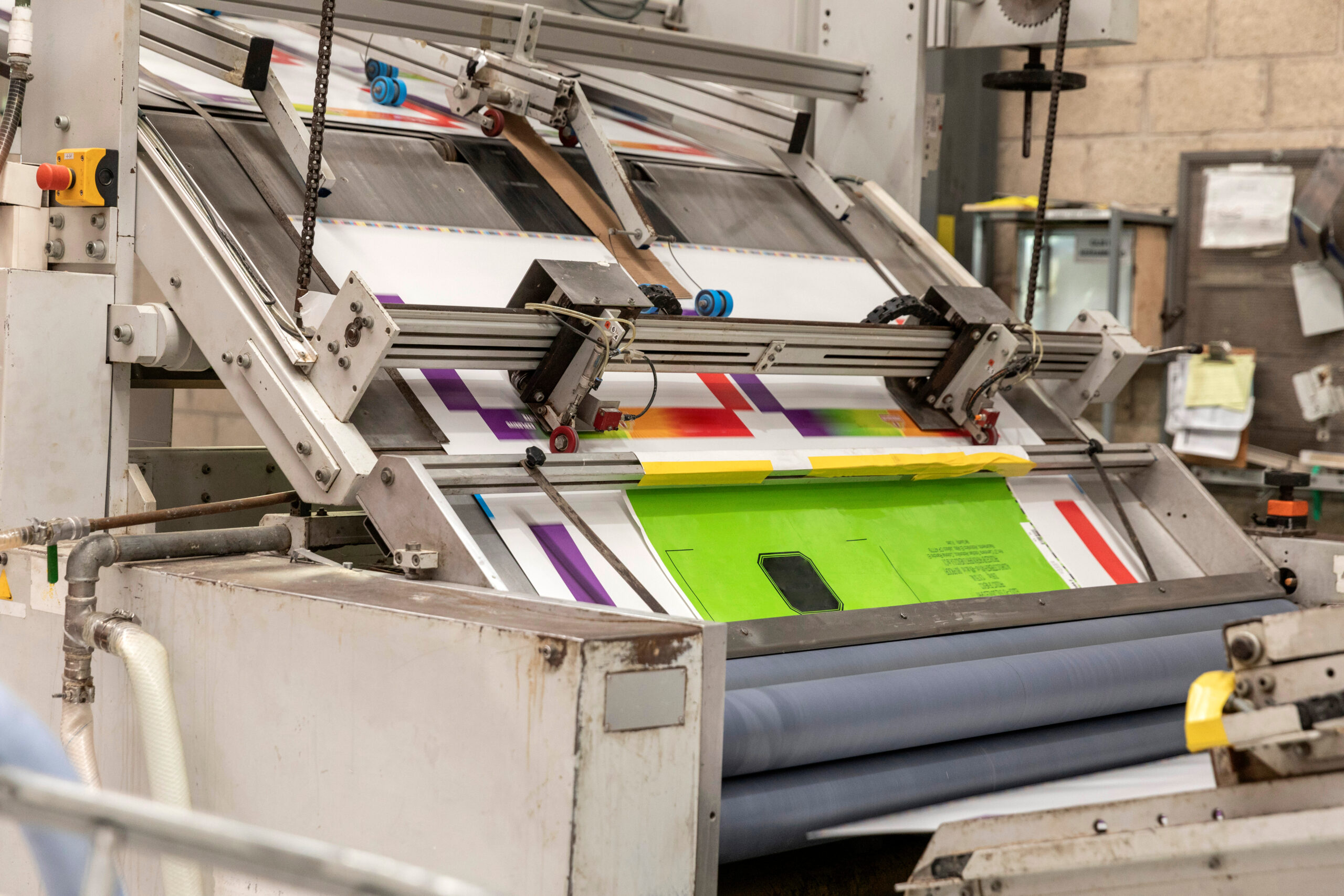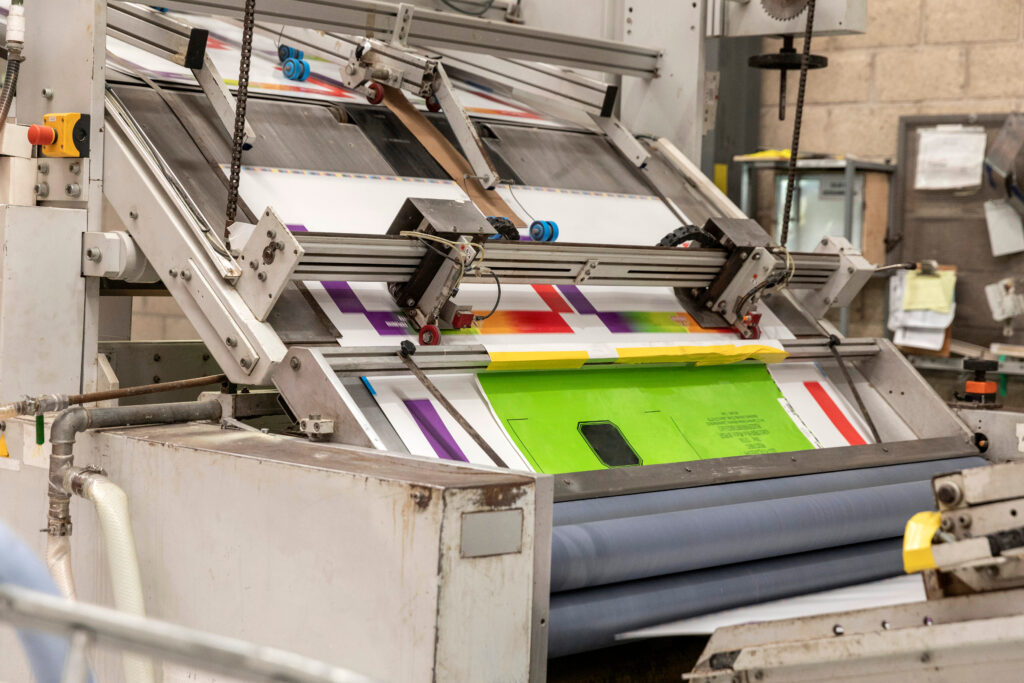Last month, a beautifully designed postcard arrived in my mailbox.
It featured stunning photography and minimal text—just enough to pique my interest.
In the corner was a subtle QR code.
Curious, I scanned it with my phone and was transported to a video that expanded the story the postcard had begun.
By the end of that two-minute video, I’d signed up for their email list and followed them on Instagram.
Two channels became four touchpoints in under five minutes.
That’s the magic of print-digital integration done right. Not a strategy reserved for marketing giants with bloated budgets, but an approach that smart businesses of any size can leverage to create experiences that stick.
Breaking Down the False Dichotomy
I remember a marketing conference in 2018 where the keynote speaker confidently declared, “Print is dead.” The room nodded along—except for the few of us who’d noticed something curious in our campaign data: our clients who maintained thoughtful print elements alongside digital strategies consistently outperformed those who’d gone all-in on digital.
The truth is, our brains process physical and digital information differently. When I hold something in my hands, different neural pathways activate compared to when I’m scrolling on a screen. Print creates what neuroscientists call “spatial memory”—we remember where on a page we saw something, creating stronger recall. Digital excels at immediacy, personalization, and interactive experiences.
Why force customers to choose between these complementary experiences when they could have both?
Creating Intelligent Bridges Between Worlds
During a recent strategy session with a retail client, their marketing director sighed, “We’ve tried QR codes. They didn’t work.” After reviewing their materials, the problem became obvious—they’d placed a tiny code in the corner of their catalog with zero context or compelling reason to scan it.
Effective print-digital bridges need three elements: visibility, value, and verification. The bridge must be noticeable, offer clear value for crossing it, and provide immediate confirmation that the journey was worthwhile.
Beyond QR codes, we’re seeing remarkable results with approaches like:
- Image recognition technology that allows entire photos or graphics to become scanning triggers without visible codes
- Voice response hooks where print materials prompt specific verbal commands for smart speakers
- Textured print elements with embedded NFC chips that respond to touch as much as technology
Crafting Connected Journeys, Not Just Campaigns
When most businesses attempt integration, they create disjointed experiences—a print piece that merely reminds people their website exists. That’s not integration; it’s just acknowledgment.
Storytelling Across Surfaces
The most engaging integrated campaigns share a crucial quality: they tell stories that unfold across channels, with each element revealing a different dimension of the narrative.
I worked with a boutique coffee roaster who used this approach brilliantly. Their postcards featured close-up photography of hands harvesting coffee beans but revealed little else. Scanning the integrated code transported customers to a mini-documentary about the specific family farm where those beans originated. The narrative continued through an email sequence offering brewing tips specifically for that region’s beans.
Each channel revealed something the others couldn’t—print captured the textural beauty, video conveyed the human story, and email delivered the practical knowledge. None felt redundant; each added genuine value.
The Measurement Revolution
The persistent myth that print can’t be measured precisely has finally been debunked through proper integration. Modern approaches track not just when someone moves from print to digital, but their entire journey afterward.
During a recent campaign analysis, we identified that customers who engaged with both print and digital touchpoints had a 37% higher average order value than those who engaged with digital alone. More surprisingly, their customer lifetime value was 23% higher a year later. Without connecting these measurement systems, those insights would remain hidden.
The Human-Centered Future
The most effective marketing has always been about meeting people where they are, not where we wish they would be. Some of your customers will always prefer the tactile experience of print. Others live almost entirely in digital spaces. Most move fluidly between these worlds.
By creating thoughtful integrations that respect these preferences rather than fighting them, you build a marketing ecosystem where each element amplifies the others. The print piece becomes more valuable because of its digital extension. The digital experience becomes more memorable because it was initiated by something tangible.
In a landscape where competitors are still debating “print versus digital,” those who embrace “print and digital” gain the advantage of speaking to customers across the full spectrum of their daily experiences—creating not just impressions, but genuine connections.



